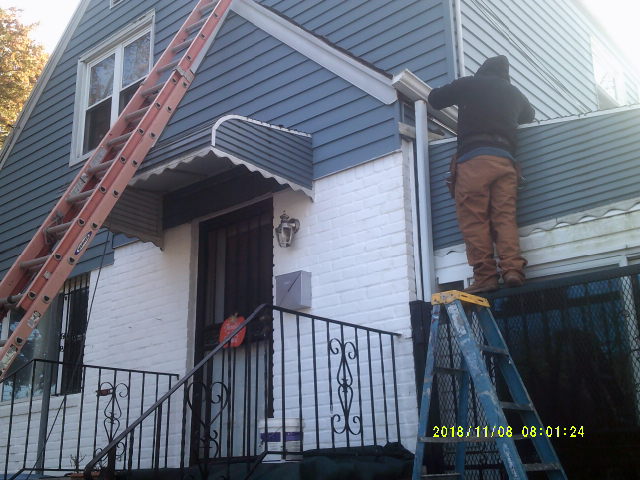Brickpointing Explained in 4 Easy Steps
Over a period of time, the joints in masonry work become loose and start allowing the seepage of moisture and impurities. These additions make the steps or other structures weaker. That is why the joints are relaid with cement paste in a process called brick pointing. Let us see what are the steps followed by any good brick pointing company NY.
Moistening the Surface
Whether it is a wall or the steps leading up to a door, the surface where the brickwork needs to have brick pointing done must be moistened very well. This would ensure that the old mortar can be chipped away easily and the space made ready for the new mortar. Ideally, the surface should be wetted at the end of the day and left moistened overnight, in preparation for the next day’s work of brick pointing queens NY. This process of miniaturization would need to be repeated again before applying the new mortar, the reason for which we will talk about when we discuss the laying of fresh mortar.
Reading the Surface
Using a chisel, small knife blade or any other thin and sharp instrument, you need to take out the old and loose mortar from the joint. If the moistening has been done well the previous night then the loose mortar should be pried out fairly easily. But if that does not happen, then you might need the services of a hammer and a sharp chisel. Once this is done, you are ready to initiate the most important part of the process of brick pointing Brooklyn NY – the preparation and laying of new mortar.
Preparing the Mix
The basic component of the mortar is cement, but the exact components of the mortar would depend on the age of the structure. For structures less than 50 years old, a standard mix of Portland cement, sand and water would be adequate. But for structures older than that, a paste made of lime and sand is used. The experienced brick pointing contractors in Queens NY would know the perfect mix to use.
Applying the Mortar
Before starting, moisten the surfaces where the mortar would be applied, so that it doesn’t absorb moisture from the mortar. Using a medium or large sized trowel to carry the mix and a pointing trowel to guide the mortar, you must fill in all the spaces of the joints completely with the mortar.



Comments
Post a Comment